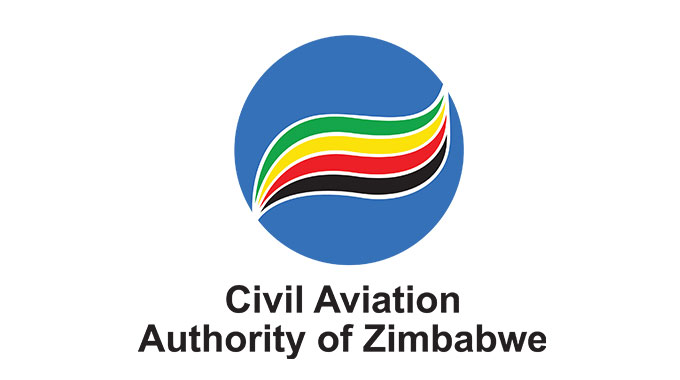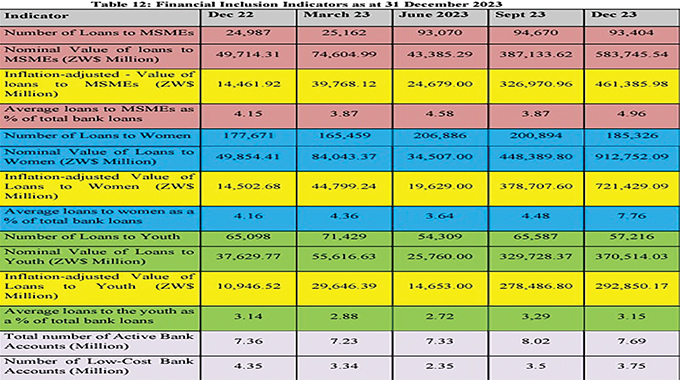Joshua Mqabuko Nkomo International Airport underutilised

Oliver Kazunga, Senior Business Reporter
THE Joshua Mqabuko Nkomo International Airport lacks adequate traffic to lure some of the world’s largest airlines despite the airport having the capacity to handle wide body planes, an official has said.
Speaking during a plenary session at a recent tourism indaba in Bulawayo, JMN International Airport manager, Mr Passmore Dewa, who was representing the Civil Aviation Authority of Zimbabwe (CAAZ), said concerted efforts should, thus, be made by players in the tourism sector to increase tourist arrivals into the city.
“We can accommodate a wide body aircraft that can fly from Bulawayo to London non-stop, to Singapore non-stop, Kuala Lumpur, Malaysia non-stop and to most European cities non-stop but it’s not for the airport to re-attract the aircrafts,” he said.
“It’s supposed to be concerted efforts because the airlines come, and they are supposed to be attracted by what happens in the city, what is it that you are offering here (Bulawayo) as tourism players that they have to come.
“The airport is just a convenience for them (aircrafts) to go in and out. If I am flying to Dubai, I don’t want to spend time at an airport.”
JMN International Airport was commissioned in 2013 after the facility went through a major upgrade under the first phase of the rehabilitation programme.
During a tour of the airport by the Portfolio Committee on Transport and Infrastructural Development in September last year, CAAZ said $13 million had already been set aside in the national budget to begin Phase II of JMN International Airport expansion programme.
Mr Dewa said: “This airport can handle some of the biggest aircrafts you can think of. Here (JMN International Airport) in terms of the fuelling facilities, runway, the terminal building, we can actually handle an aircraft that is big as A330 or 767, which can carry up to 300 passengers from here to anywhere in the world”.
Mr Dewa said since 1980, Zimbabwe has signed about 55 bilateral air service agreements with various countries and this presents an opportunity that stakeholders in the tourism industry should exploit to boost tourist arrivals in the country.
Mr Dewa said there were 16 airlines out of a possible 55 that Zimbabwe could have through the bilateral air service pacts the country has with respective countries.
“We had about 14 European airlines flying into Zimbabwe up until about 1999, major airlines coming to Zimbabwe; coming with the biggest aircrafts that you can think of.
“That time in the 1990s, Harare was the hub in the region. We were a destination. We have since stopped to be a destination,” he said.
“We are now a spoke. In aviation terms when we say we are now a spoke, it means we are now feeding into other regional hubs, which is what as a nation we need to start working on.”
For instance, Mr Dewa highlighted that if an investor from Germany was to invest in Bulawayo, he looks for a direct flight because no one wants to spend 30 hours travelling.
“So, those are the issues now at national level or policy level we need to have an aircraft strategy. A framework is there, we talk of the Yamoussoukro Declaration, which was signed around 1999 by the former President (Mugabe).
“That gives room for us especially African airlines to fly to any African country and land at any airport in Africa as they please. But we still have these control issues as Government to say ‘no, we still have to negotiate and see whether they can come’. But that framework is there its signed,” he said. — @okazunga












Comments